
Cooling Tower and Evaporative Coolers Issues – What You Need to Know about Legionella Compliance in New York State
Legionnaire's Disease is Preventable Recent outbreaks of Legionellosis (Legionnaire’s disease) have been traced to the uncontrolled release of Legionella Bacteria in mists generated from operational cooling towers and evaporative coolers (cooling units). Respiring or...
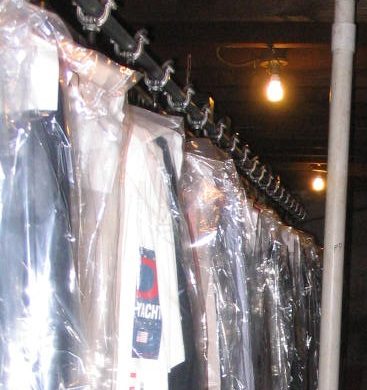
Dry Cleaners Regulatory Update – 6 NYCRR Part 232
The Environmental Impact of Dry Cleaners Historically, dry cleaning facilities have been hotbeds for subsurface contamination due to the solvents used in the dry cleaning process. Chlorinated solvents are the chemicals most associated with dry cleaners and their...
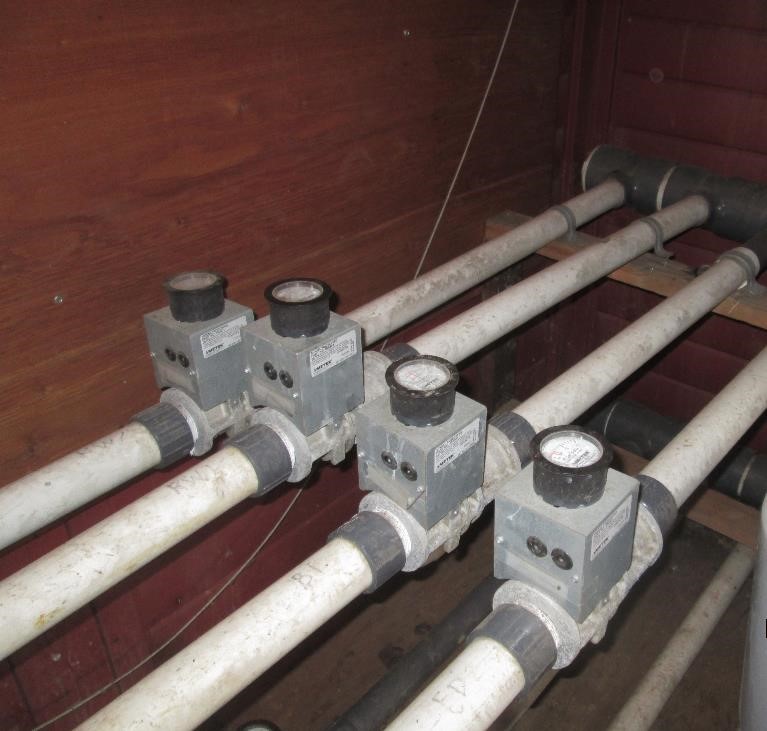
Soil Vapor Intrusion Solutions – Sub-Slab Depressurization System
How to Address Soil Vapor Intrusion Discussed in a previous blog (link at the bottom of the page), subsurface contamination can find its way into habitable buildings via minor breaches in a building’s foundation and/or flooring. Source area removal, or direct removal...
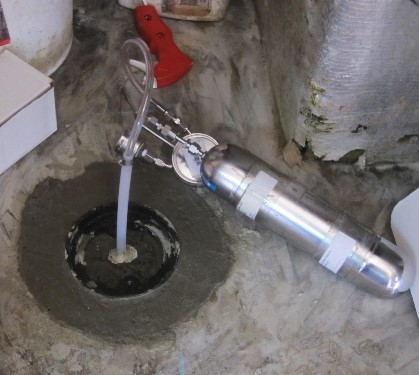
What is Soil Vapor Intrusion, and Why Should We Be Concerned?
How Can Environmental Contamination Affect You? Soil Vapor Intrusion Subsurface contamination, whether stemming from hazardous groundwater, oil spills, leaky storage tanks, or other buried waste can pose a threat to human health in the form of vapor intrusion. ...

DEP Registration: Food Trucks & Five Other Types of Equipment
New York City Department of Environmental Protection Engine Registration Food Trucks and Carts Now Need DEP Registration The New York City Department of Environmental Protection (DEP) has recently adopted a new regulation (Chapter 50 of Title 15 of the Rules of the...
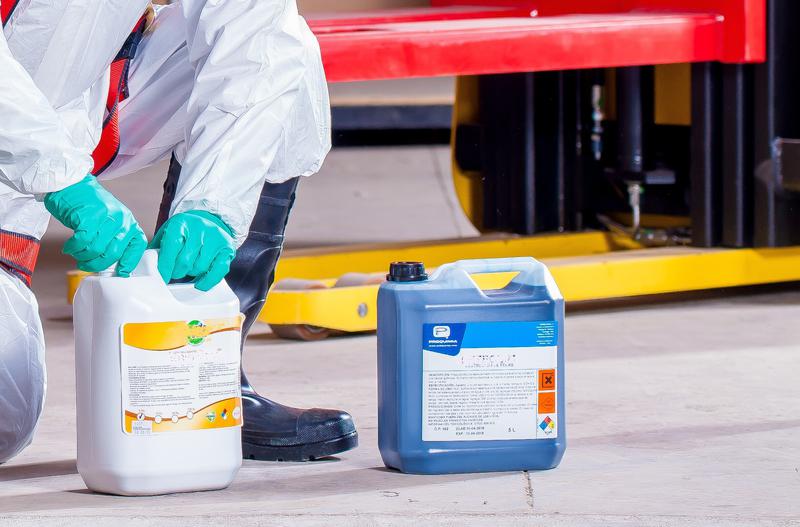
Proposed Amendment 6 NYCRR Chapter III – Air Resources Part 226 Solvents Metal Cleaning Process
Regulations pertaining to industrial cleaning and degreasing with solvents are changing. Here are the big take-aways. Businesses that use solvents or cold cleaners for equipment cleaning, take note of changes in regulations that could affect your industrial...
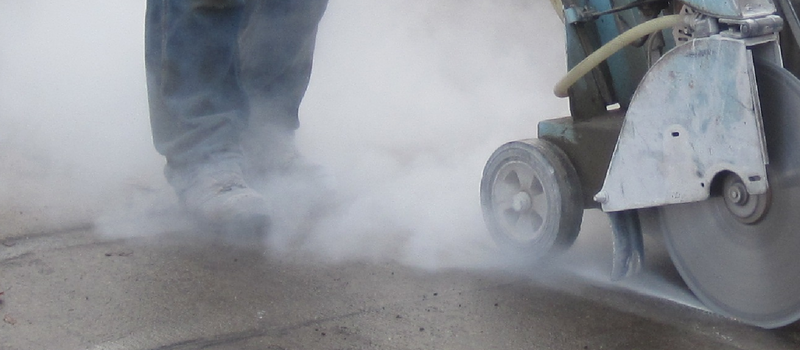
Get Ready for the OSHA Silica Standard for General Industry
In 2016 OSHA issued the standard 1910.1053 for General Industry in order to protect workers from exposure to respirable silica dust. The silica standard was initially to be enforced on June 23, 2016 but OSHA delayed enforcement to June 23, 2018. The silica...
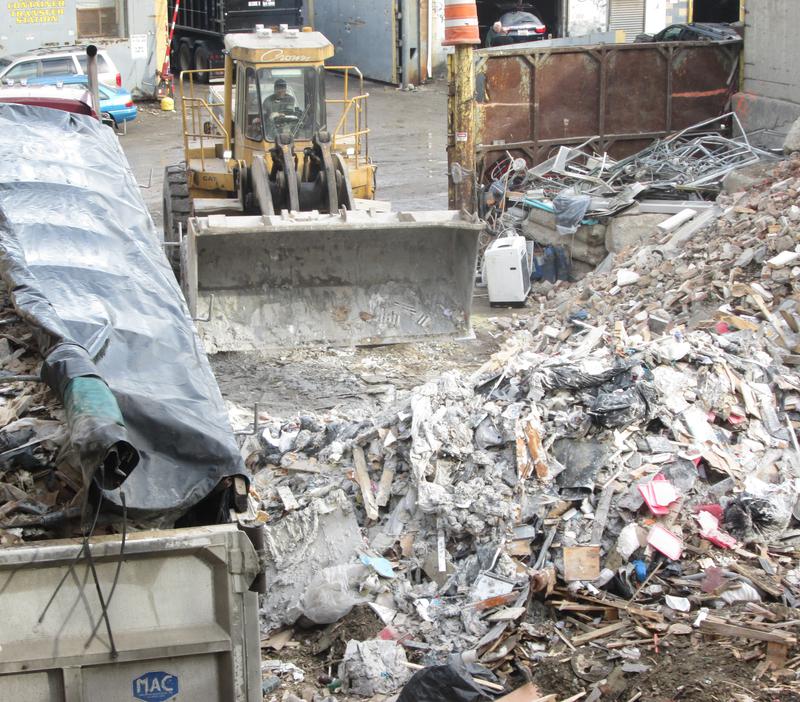
Environmental Impact of Proposed Part 360 Rule Change
Draft Generic Environmental Impact Statement The New York State Department of Environmental Conservation (NYSDEC) has revised the draft generic environmental impact statement (DGEIS), originally released with the proposed Part 360 rule changes in the spring of 2016....

Ready for the OSHA Silica Exposure Standard in the Construction Industry?
In 2016 the Occupational Safety and Health Administration (OSHA) issued a standard to protect construction workers from silica exposure in the form of respirable silica dust. The standard was initially to be enforced on June 23, 2017 but recently OSHA delayed...
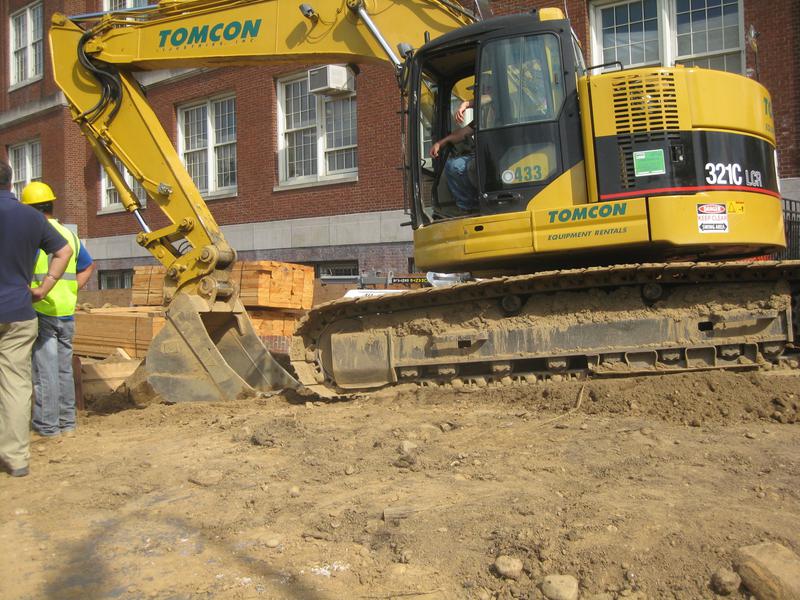
Air Quality Monitoring in the Construction Industry
Upon introducing oneself as an air quality monitor on-site, one will realize that almost every construction worker has a story of a job site that made them light-headed. Most only realized the effects when they got home after a full day of work; a few have stories of...
